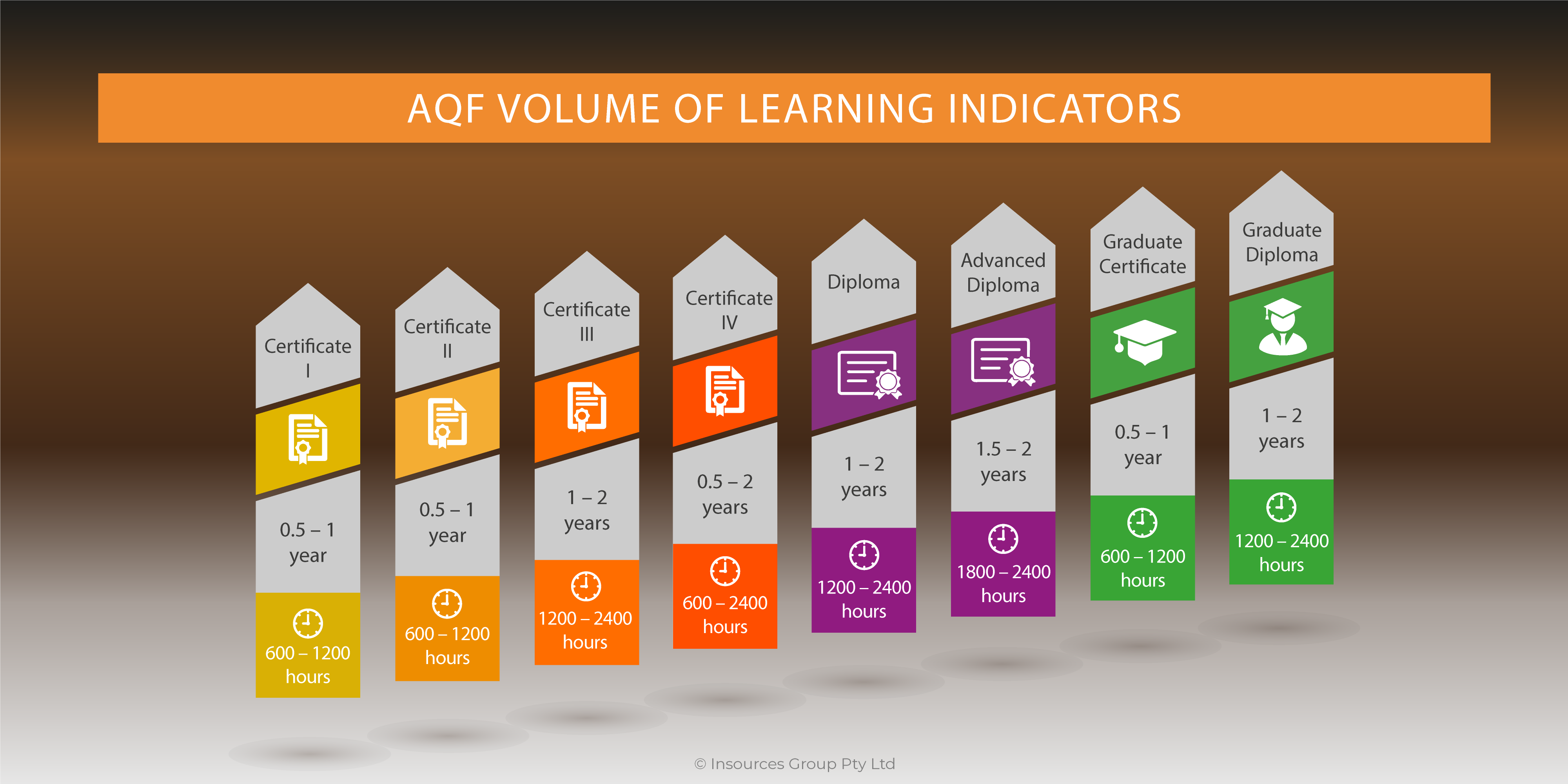More training organisations (including RTOs) than ever are using video as part of their learning strategy. But specifically what part of the strategy? And what’s motivating them to use video rather than face-to-face seminars or synchronous online solutions? Apart from the obvious reasons to reduce corporate demand for costly and timely travel to training on the other side of the country, there are some strong pedagogical reasons.
American Airlines creates short knowledge chunks in video and embeds them into online learning solution that staff can access when they need them. The videos are also embedded into standard PowerPoint slide decks that trainers use in face-to-face training to better illustrates routine but detailed tasks.
For example, one of their online learning modules looks at how to disassemble a seat in an aircraft’s first-class cabin. Learners can click on parts of the seat to watch a video that shows the specific actions required for that part of the seat. It’s learner-directed because the learner can look at the component she needs to see rather than watching a whole video, when only a fraction may be relevant to her current needs. It’s self-paced because she can watch it as many times as she likes. But that’s not the only value of learning video.
Traditionally, learners in a classroom have had to crowd around an instructor and other students to watch the process over his shoulder. The video camera can take the learner in very close to see the task performed at different angles, which creates perspective and brings the object to life. Embedding video is a great way of integrating the power of video with other learning delivery mechanisms.
Some organisations use video as a way to communicate to organisational issues and keep the staff current with company news.
Different organisations are motivated to use video for many reasons. These include influencing organisational change, providing specific skills training, disseminating information across a workforce, and encouraging staff to participate in building learning.
While a lot of learning video has been about broadcasting content, more training organisations are looking at how to make video a shared two-way experience. Television shows are a great metaphor to be inspired by. But there are more metaphors that will push the envelope: for example, coffee shops and pubs where people learn through conversation. Imagine a social video site within a training organisation where trainers share videos not only about specific content but also of how they solve problems responding to students’ questions, in much the same way they may communicate in a face-to-face scenario.
Not all didactic video looks the same. Some video learning professionals use drama to achieve their objectives. After all storytelling, learning, and influencing are closely linked. Others use a newscast format to share information because it’s effective and familiar to audiences. And some use video to build customer scenarios, walk through sales situations, conduct interviews with subject matter experts, and send leadership messages.
Sometimes the video content is independent and stands on its own, while other times it may be integrated in face-to-face solutions, online learning modules, and mobiles tablets.
Using videos can help training organisations in two critical areas: to effectively communicate organisational standards and procedures to trainers and staff; and to support learners throughout the learning journey and meet their individual needs.




